Baseball Myths
Debating, Debunking, and Disproving Tales from the Diamond
Bill Deane
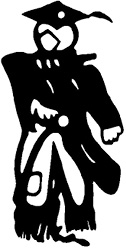
THE SCARECROW PRESS, INC.
Lanham Toronto Plymouth, UK
2012
For Jude,
My Muse
Published by Scarecrow Press, Inc.
A wholly owned subsidiary of The Rowman & Littlefield Publishing Group, Inc.
4501 Forbes Boulevard, Suite 200, Lanham, Maryland 20706
www.rowman.com
10 Thornbury Road, Plymouth PL6 7PP, United Kingdom
Copyright 2012 by Bill Deane
All rights reserved . No part of this book may be reproduced in any form or by any electronic or mechanical means, including information storage and retrieval systems, without written permission from the publisher, except by a reviewer who may quote passages in a review.
British Library Cataloguing in Publication Information Available
Library of Congress Cataloging-in-Publication Data
Deane, Bill.
Baseball myths : debating, debunking, and disproving tales from the diamond / Bill Deane.
p. cm.
Includes bibliographical references and index.
ISBN 978-0-8108-8546-2 (cloth : alk. paper) ISBN 978-0-8108-8547-9 (ebook)
1. BaseballAnecdotes. I. Title.
GV873.D38 2012
796.357dc23
2012016453
 The paper used in this publication meets the minimum requirements of American National Standard for Information SciencesPermanence of Paper for Printed Library Materials, ANSI/NISO Z39.48-1992.
The paper used in this publication meets the minimum requirements of American National Standard for Information SciencesPermanence of Paper for Printed Library Materials, ANSI/NISO Z39.48-1992.
Printed in the United States of America

Introduction
The whole history of baseball has the quality of mythology.
Bernard Malamud, author
This book was born back in 1995, when another author suggested we collaborate on a work about baseball myths. It sounded like a great idea. I had already done many articles and research projects that debunked myths in the history of the game and had a lot of fun doing them. I started gathering them together and telling people about this wonderful book we were writing.
For whatever reasons, my would-be coauthor soon stopped communicating with me and eventually decided to go his own way. I was left with a few dozen short chapters I had written, a bunch of half-baked ideas, and diminished enthusiasm for the project. Then, a series of personal setbacks and situations practically ground my efforts to a halt. I had occasional fits of progress, but, by 2007, I had only about half a books worth of material to show for twelve years. To people asking how the book was coming, Id respond that it was becoming more of a myth than any I had written about. Finally, I made a breakthrough and, except for one more hiccup, kept going until I reached the finish line. The myth became a reality.
I was debunking myths long before starting this book. While employed as senior research associate at the National Baseball Library (NBL) from 1986 to 1994, one of my early duties was documenting stories for Bruce Nash, Allan Zullo, and Bernie Ward, creators of the Baseball Hall of Shame book series. They brought to life stories of shameful escapades and humorously inept performances from the lore of baseball and wanted me to pin down the dates of these events for them. More often than not, my research proved than the oft-told tales could never have happened. The authors got to calling me Killer. I only wish they or I saved or remembered this collection of debunked tales. Some of the chapters in this book arose from other NBL projects of mine: trying to prove for patrons that Dummy Hoy invented umpires hand signals, or that Vic Wertzs 1954 World Series drive traveled 460-plus feet, for examples.
When I started writing this compilation, baseball books with footnotes were the exception; now they are the rule. I regret that this book does not follow that rule, but I have cited sources throughout the text wherever possible. (Well, maybe regret is too strong a word.)
Many people contributed ideas, items, and facts for this book. I wish to acknowledge the following, in alphabetical order: Marshall Adesman, Keith Allison, Mark Armour, Cliff Blau, Larry Boes, Gene Carney, Jim Charlton, Eddie Frierson, John Holway, Bill James, Pat Kelly, Herm Krabbenhoft, Doug Lyons, Jerry Malloy, Wayne McElreavy, Peter Morris, Rob Neyer, Clifford Otto, Pete Palmer, Doug Pappas, Wes Parker, John Pastier, Frank Russo, Bob Schaefer, Steve Schaeffer, Gabriel Schechter, Ron Selter, David Smith, Ted Spencer, Dana Swift, Dick Thompson, John Thorn, Stew Thornley, Jim Weigand, Mark Wernick, Tim Wiles, and Craig Wright. I deeply regret that some of these people did not live to see how it turned out.
Chapter One

Baseballs Infancy
Base ball is in its infancy.
Dodgers owner Charles Ebbets, 1911
Baseball has a reputation as a conservative sport, with very little change in its rules over the past century or more. But the game evolved drastically during its early decades. With frequent changes and haphazard record keeping, early baseball history became fertile for mythology.
Abner Doubleday Invented Baseball
If baseball wasnt invented in Cooperstown, it should have been.
historian John Thorn
Every schoolboy knows that General Abner Doubleday invented baseball in Cooperstown, New York. After all, why else would they have put the National Baseball Hall of Fame there? By now, most adults know there is something fishy about the story but couldnt tell you exactly what. The Doubleday myth has been debunked more times than any other legend associated with baseball, yet it lives on and spawns other myths. Some will tell you that the real birthplace of baseball is Hoboken, New Jersey, but couldnt name an inventor. How did this all begin?
The Mills Commission (19051907) started the ball rolling with its declaration that baseball was invented by Doubleday in Cooperstown in 1839. The commission was put together by noted sporting goods magnate Albert G. Spalding, to settle a long-running debate between himself and Henry Chadwick, a pioneering baseball writer and historian. The British-born Chadwick had written that baseball owed its origins to such English games as cricket and rounders, while the U.S. businessman Spalding claimed that the game was as American as apple pie. Spalding handpicked a committee of his cronies, seven elder statesmen with some connection to the game, to gather evidence on the subject. They collected voluminous correspondence but, as it turned out, made their conclusion based on the testimony of one man, Abner Graves. The elderly Graves claimed to have been a playmate of Doubledays in Cooperstown, when the future Civil War general used a stick to diagram his new game, an improvement to town ball, in the dirt. In a letter dated April 3, 1905, Graves wrote the following:
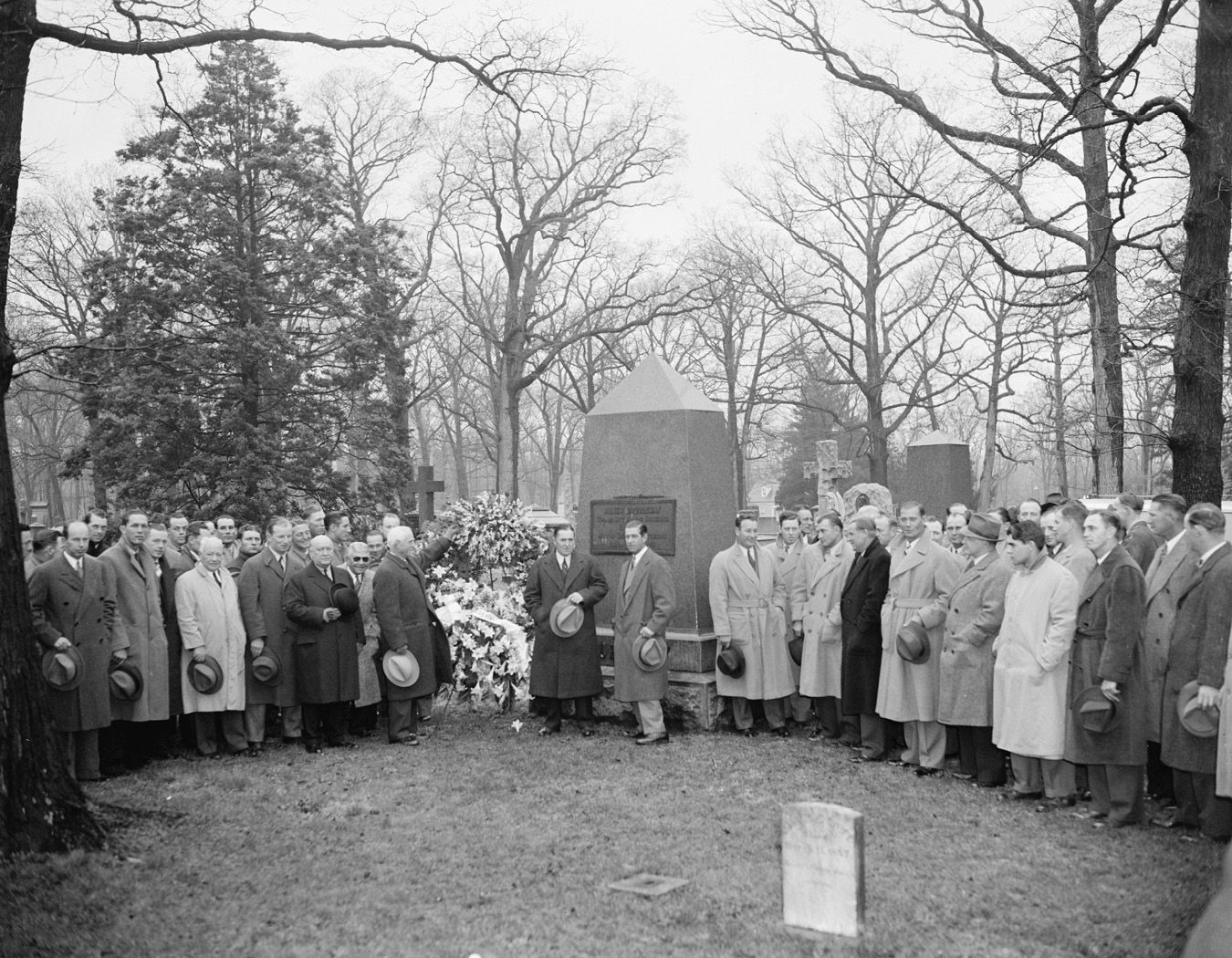
Figure 1.1. Baseball Luminaries Take Time to Honor Baseballs Inventor (1939).
Source: Library of Congress
The American game of Base Ball was invented by Abner Doubleday of Cooperstown, New York, either the spring prior, or following the Log Cabin and Hard Cider campaign of General [William Henry] Harrison for President, said Abner Doubleday being then a boy pupil of Greens Select School in Cooperstown, and the same, who as General Doubleday won honor... in the Civil War.

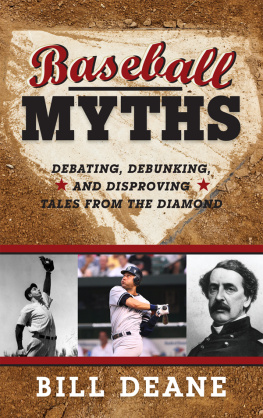



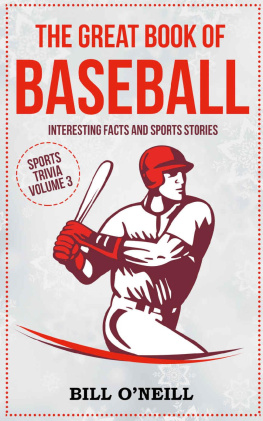
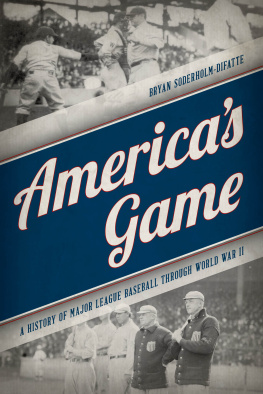
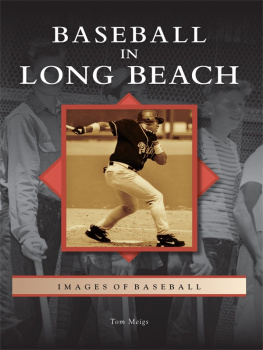
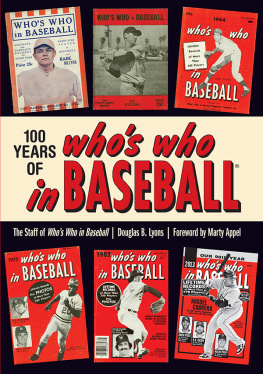
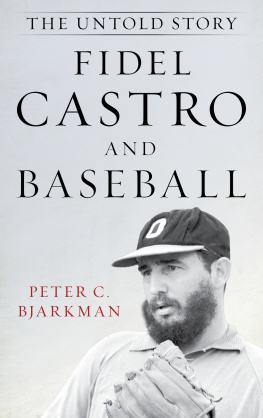

 The paper used in this publication meets the minimum requirements of American National Standard for Information SciencesPermanence of Paper for Printed Library Materials, ANSI/NISO Z39.48-1992.
The paper used in this publication meets the minimum requirements of American National Standard for Information SciencesPermanence of Paper for Printed Library Materials, ANSI/NISO Z39.48-1992.

